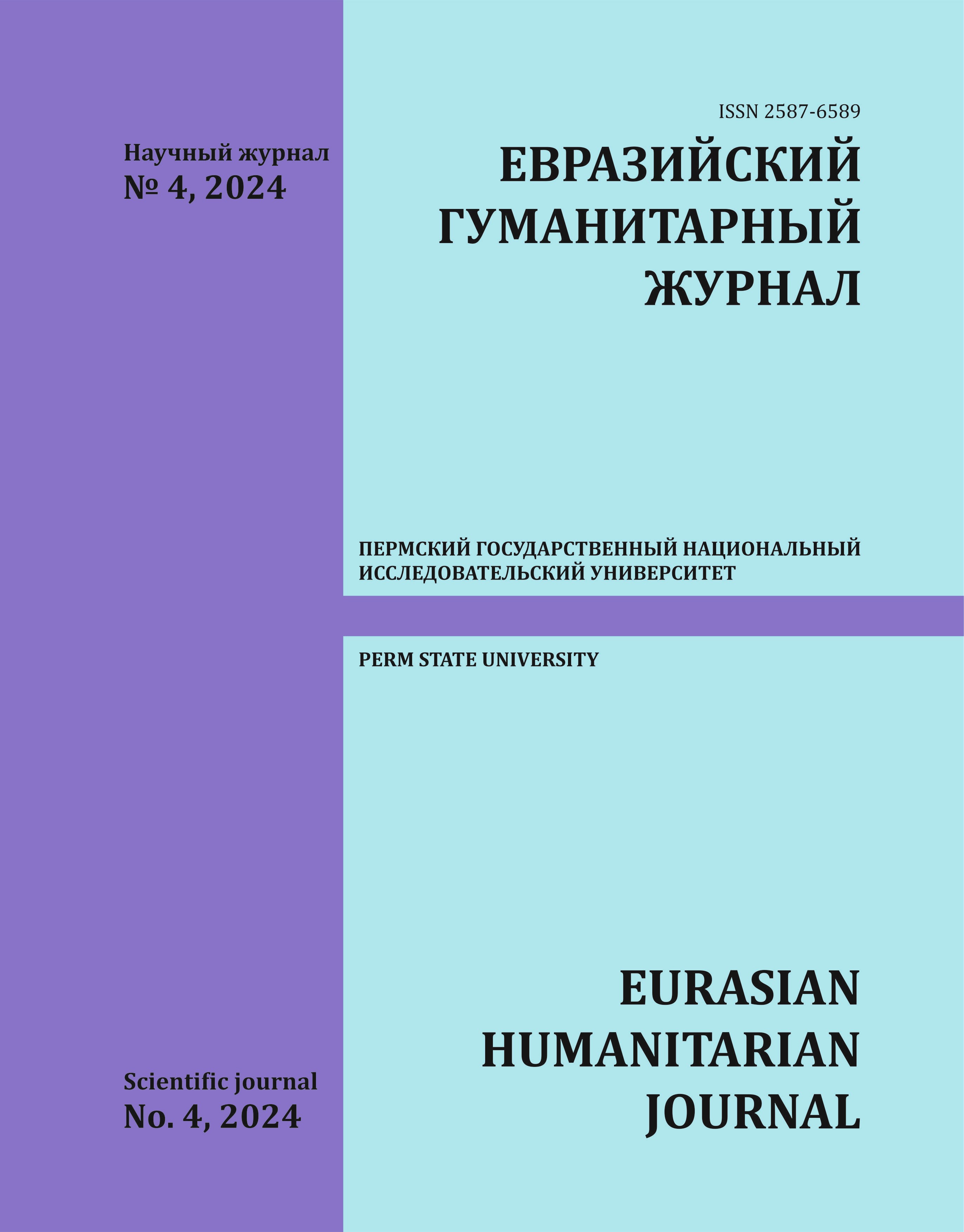EMOTIVE VALENCE: SYNTAGMATICS AND PARADIGMATICS
Keywords:
emotive, emotive causative, situation of causation of emotional modification, functional-semantic class, expression of emotions, reflexive, syntagmatics, paradigmatics, emotive valenceAbstract
The article considers the situation of causation of emotional modification. Units with the meaning of expressing emotions by facial expressions or gestures were selected as the material for the study. The criterion for selecting units for analysis was also their reflexivity. This is due to the fact that the semantics of such lexemes does not imply such a function as designation of a situation of emotional impact. Initially, they are intended to describe how a person shows, expresses his emotional state. However, in the context, in interaction with elements of the environment, such verbs can actualize the scenario of emotional behavior, and adopt some functions of causative verbs. Emotions are typical for interpersonal interaction, perhaps this explains such development of the semantics of these verbs. In addition, we are talking about the development of the semantics of the entire class as a whole, since the tendency to develop causative forms is inherent in verbs of emotions. Analysis of syntagmatic connections and compatibility of units of one class allows us to trace semantic changes in dynamics. Even within the limits of one meaning of a polysemic verb, its various combinations with other lexemes can refract this meaning differently. This can be caused by the development of new functions in combinations of the lexeme with words of a certain class, and, consequently, by emerging tendencies of differentiation of meaning. Establishing the interdependence of general syntagmatic relations and paradigmatic connections, diversely uniting lexical-semantic units of language, allows us to trace such processes.Downloads
Published
2024-12-20
Issue
Section
ФУНКЦИОНАЛЬНАЯ ГРАММАТИКА

